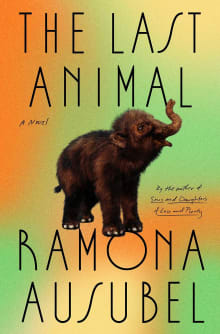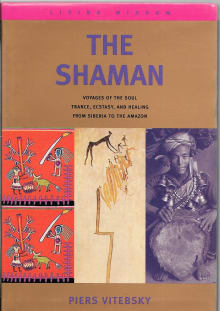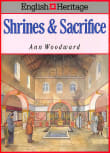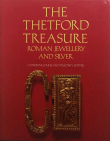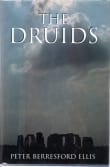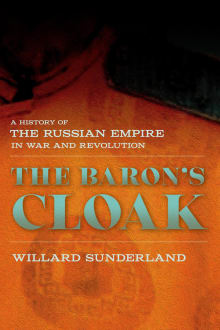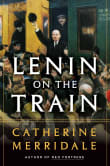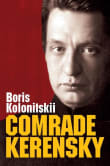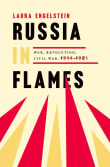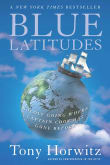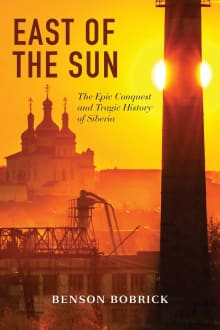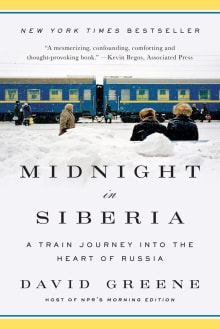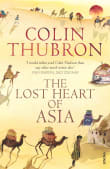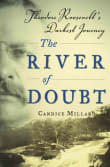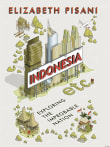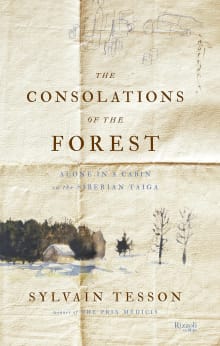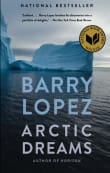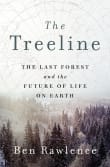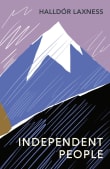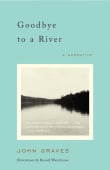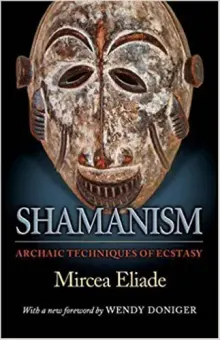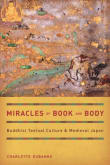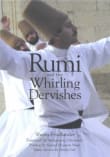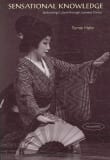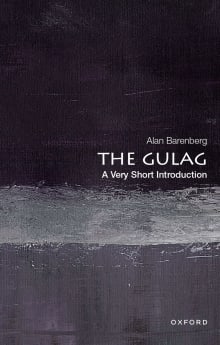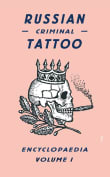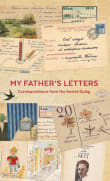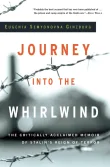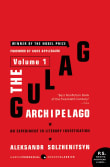
Why did Liz love this book?
The women in this book dare greatly, do the unexpected, and come together for each other in an ending I did not see coming. Satisfying and highly original.
2 authors picked The Last Animal as one of their favorite books, and they share why you should read it.
Named a Best Novel of the Year by Oprah Daily!
“Whip-smart and compulsively readable. . . both a wildly entertaining adventure story and a meditation on what it means to love your children—fiercely and imperfectly.”—Oprah Daily
“Springs alive to explore questions that stump scientists and families, problems of the head and the heart.”—Ron Charles, The Washington Post
“A full-hearted portrait of sisterhood, family and the ways we process grief. Charming, wry, and original.” —People
A playful, witty, and resonant novel in which a single mother and her two teen daughters engage in a wild scientific experiment and discover themselves in…






